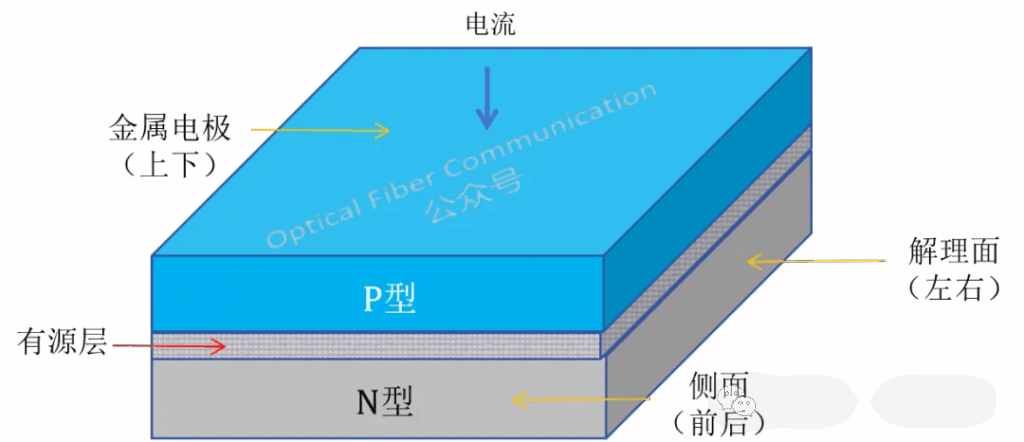Laser light is a high-frequency electromagnetic wave (10¹³~10¹⁵ Hz) whose parameters—such as amplitude, frequency, phase, and intensity—can all be controlled. Information can be loaded onto and transmitted via laser light by causing any of these parameters to vary according to a modulation signal. The modulation process loads low-frequency information (like speech, text, or images) onto the laser beam, which acts as the carrier wave.

The low-frequency signal controlling these changes is called the modulation signal, and the device performing this process is called a modulator. Based on the relative position of the modulator and the laser, optical modulation can be classified as internal modulation or external modulation.
Internal modulation loads the modulation signal during the laser oscillation process, altering the laser’s oscillation parameters to control its output characteristics. The core principle is the direct application of the modulation signal to the laser itself. There are two main implementation methods:
- Modulator Inside the Cavity: A modulation element is placed within the laser resonator cavity. The modulation signal controls the physical properties of this element, thereby adjusting the cavity parameters and changing the laser output characteristics.
- Direct Current Modulation (for Injection Semiconductor Lasers): The modulation signal directly controls the pump current of an injection-type semiconductor laser. This causes the output laser intensity to vary correspondingly with the current changes. This intensity modulation via the drive current is also called direct modulation.
Both methods load information by altering internal laser parameters, forming a complete internal modulation technique.
The following diagram shows the basic structure of a simple semiconductor laser. It features a sandwich-like construction consisting of a thin active layer (approximately 0.1 μm thick) between a P-type semiconductor layer and an N-type semiconductor layer.

The active region also functions as an optical waveguide. The natural cleaved facets at the crystal ends act as mirrors, forming a rectangular dielectric waveguide resonator cavity. Laser amplification occurs through light oscillation within this cavity. When an operating current is injected via electrodes into the active region, it induces population inversion and triggers electron-hole pair recombination. Coherent light output is ultimately generated through the process of stimulated emission.
External modulation controls the light parameters after the laser beam has been formed, using an external modulator. The principle involves using the modulation signal to alter the physical properties of the modulator, thereby causing controlled changes in parameters (like amplitude, frequency, or phase) of the laser beam passing through it. External modulators are categorized by their working principle into electro-optic, acousto-optic, and magneto-optic modulators. They are also classified by the modulation method: amplitude modulation (AM), frequency modulation (FM), phase modulation (PM), or intensity modulation (IM).
The diagram below illustrates an external modulator utilizing the flat dispersion characteristics at the band edge within a photonic crystal waveguide to reduce the phase shift modulation length of the device.

Compared to internal modulation, external modulation offers advantages of operational convenience, higher modulation rates (approximately an order of magnitude faster), and broader bandwidth. This makes it particularly suitable for high-precision optical communication systems.
We supply various data-rate AOC/DAC/MPO cables, optical modules, and transceivers, along with optical components used within them, such as aspheric lenses, collimating lenses, aspheric lens arrays, waveplates, etc. Custom development services are also available.
Contact us via Email: market@bitwavx.com

发表回复